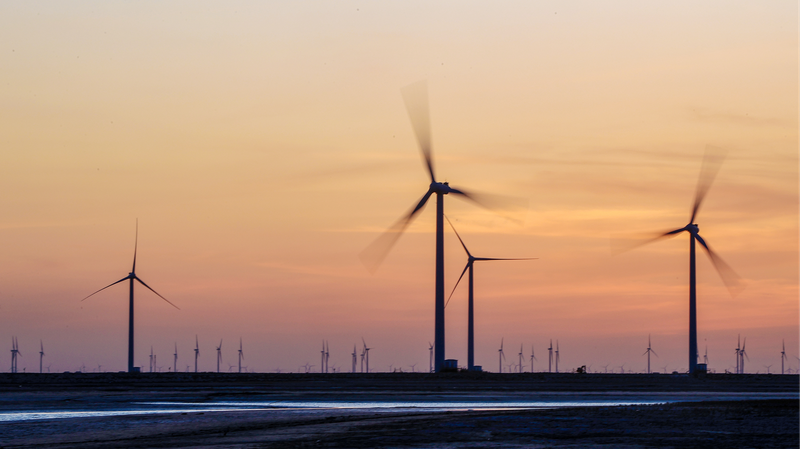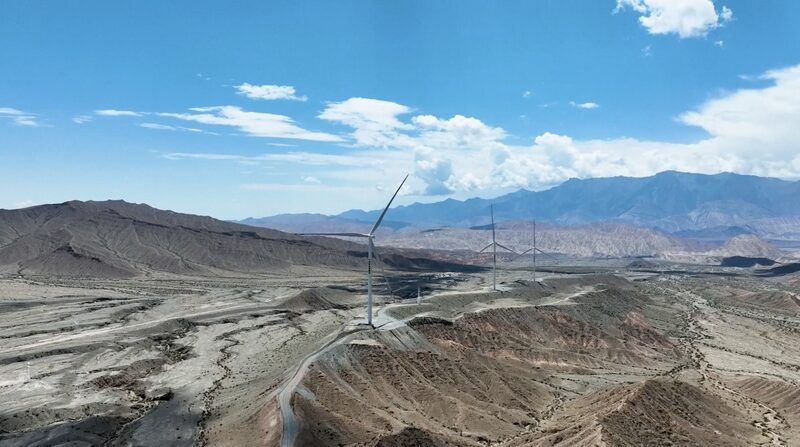In a lab in Guangdong Province, engineers watch as a towering wind turbine battles a simulated typhoon—its blades spinning relentlessly against 200+ km/h winds. 🌀 This isn’t a scene from a climate apocalypse movie; it’s Mingyang Smart Energy’s cutting-edge tech ensuring clean energy generation during storms, not just after.
Typhoons, once a threat to coastal wind farms, are now being harnessed as power sources. Mingyang’s turbines—deployed in over 2,000 locations—weathered 2023’s Super Typhoon Saola with zero downtime, thanks to AI-driven designs analyzing wind patterns down to the millimeter. 💨⚡
But typhoons aren’t the only challenge. In Inner Mongolia, sandstorm-proof turbines hum across deserts, while in Guizhou’s mountains, segmented blades slice through turbulent air. 'It’s like leveling up in a video game,' says researcher Peng Yiheng. 'Each region has its own boss battle.' 🎮
China’s green transition is accelerating: wind and solar capacity now leads globally, with CO₂ emissions down 34.4% since 2013. AI is the MVP here—Yunnan’s wind farms use 3D simulations to predict maintenance needs, slashing inspection time by 70%. 📉♻️
'This isn’t just about tech; it’s about rewriting the climate playbook,' says Tsinghua University’s Zhang Jian. With China aiming for carbon neutrality by 2060, innovations like these could turn clean energy from a side quest to the main storyline. 🌍✨
Reference(s):
Chinese enterprises explore sci-tech innovations for clean energy
cgtn.com





